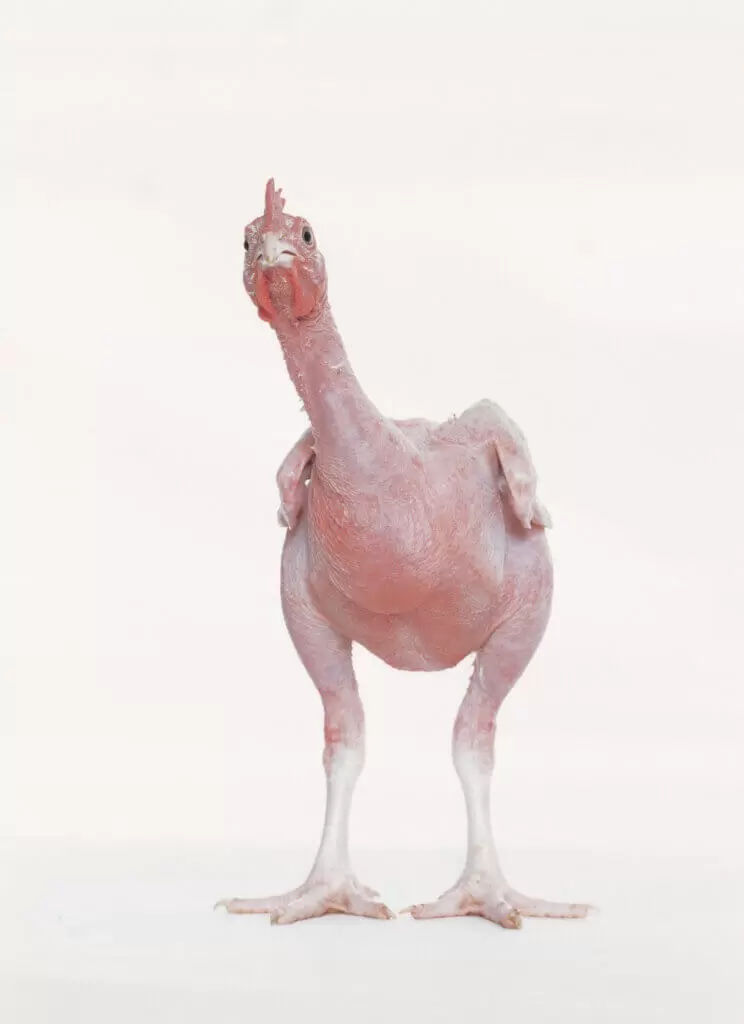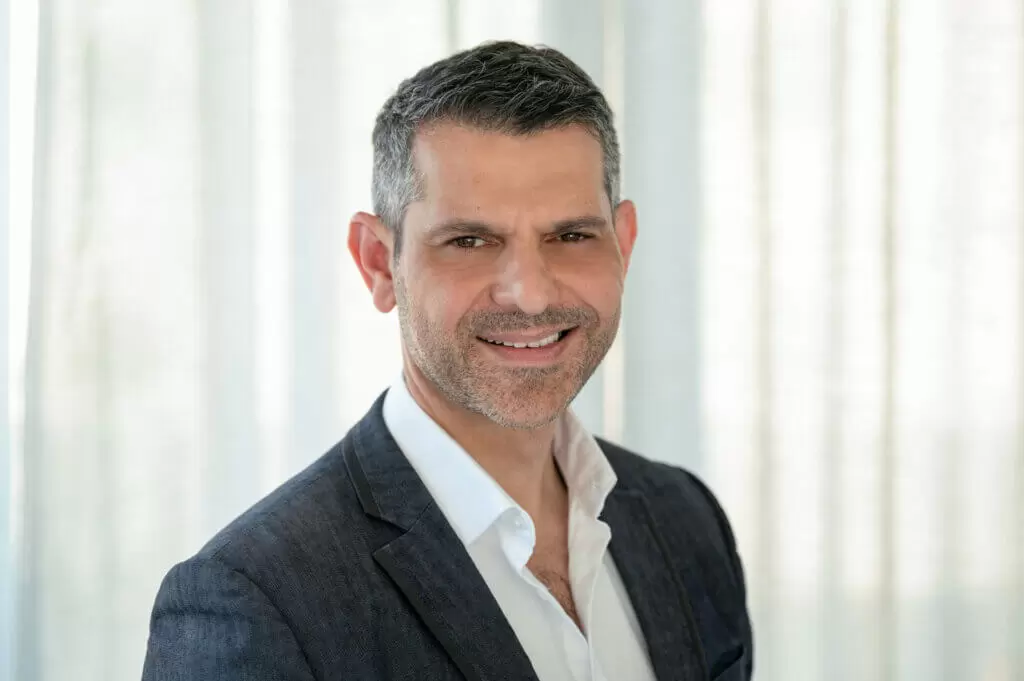In 2002, the Israeli photographer Adi Nes was commissioned by the New York Times to take a photograph of a genetically modified chicken as part of a larger investigative series on scientific innovations and developments.. Nes knew that the article—and resulting photograph—would be focused on the morality and ethics of genetic modifications. He felt, as an artist, he had to distance himself from these themes. As a gay man, and an Israeli of Kurdish and Iranian heritage, Nes has created a body of photographic work addressing queer outsider identity in spaces like the Israeli Armed Forces.
The image of an aberrant chicken, for Nes, was redolent of the identity and sexuality-focused symbolism that defines much of his practice. “Even though I usually photograph people, this assignment didn’t surprise me, as identity and masculinity are important themes in my work.” Indeed, the word cock istraditionally associated with masculinity, as is its Hebrew counterpart, Gever, which at once means ‘rooster’ and ‘man.’ This concept is not limited only to the English or Hebrew languages.
Throughout the world, animal traits have long been connotated with human masculinity. Examples of this relation are numerous, from the deep baritone of a frog’s croak or the aggressive behavior of a bull, to the arrogance of a peacock or the fur of a bear. Masculinity is, of course, not an invented concept, and humans have come to see some of their own traits and behaviors replicated in the animal kingdom. But, even though human beings are animals, we are capable of more nuance in terms
of gender expression than animals.
Judith Butler first made this argument in her 1990 book Gender Trouble, describing how some traits of gender expression are natural while others are learned and performed. Unfortunately, much of the world does not understand the complexities of gender expression, and views masculinity and femininity through a binary lens of just men and women.
Those who don’t conform are stigmatized. Often, the same associations of certain animals and human traits (i.e. masculinity) are taken literally and weaponized against queer people to underscore the “unnatural” behaviors they demonstrate. Based in flawed logic, this discrimination can be directed at both sexual behavior and gender expression. Nes’ hairless chicken thus appears embarrassed not because of its apparent nudity, but of the stigma it feels in not conforming to a certain trope. Interrogating constructed conceptions of masculinity is certainly a central theme of Nes’ image, as are evolving conceptions of gender expression.
Nes described how this image was taken at a time, around the turn of the twenty-first century, when new versions of masculinity were being explored by men across the world. Body hair and mundane clothing were being eschewed for waxings, laserings, and designer clothes. It was the era of the metrosexuals. This image humorously suggests this aesthetic shift but has larger metaphorical associations.
Nes explains that in nature, male chickens—roosters—are “flamboyantly feathered.” But in the case of this modified chicken, the feathers were removed to keep their body temperature down in tightly packed coops. This leaves the chicken “terribly exposed.” This photograph thus represents “masculinity laid bare.” It is a brutally honest depiction of the arbitrariness of masculinity, and the inner and outer ugliness these traits amplify in society.
For Nes, this photograph suggests the treacherousness and vulnerability that comes with embracing masculinity as a queer man. The near impossibility of reconciling these dual identities looms large in Nes’ hairless rooster. Much has changed regarding perceptions of gender expression and sexuality in the two decades since Nes published this image. Queerness has become, in some regions, widely embraced and accepted. Phrases like “toxic masculinity” have entered the mainstream lexicon. Gender expression and sexuality are no longer taboo in public discourse.
LGBTQ+ people are as visible as ever. Yet, this visibility—a fundamental human urge—also begets danger. Queer people, especially trans people, often live in a constant risk of violence and discrimination. In this contemporary context, Nes’s photo assumes a new, more sinister message. Nature is often unforgiving to those who don’t conform. Nes describes how roosters “violently attack abnormal looking offspring.” But, humans aren’t chickens.
Hypervisibility can and should be empowering. “As a gay man, I learned years ago that exposure gives you power,” Nes explains. To be exposed to the world–to live outside of the closet in one’s truth–is a brave and vulnerable gesture that attests to nuances and sophistication queerness offers humanity. Nes remarked that in many ways he has “been strengthened by coming out of the closet, and being exposed.”
About Shai Baitel
Shai Baitel is an arts executive and creative director with extensive experience in the fields of arts and culture, business, and philanthropy. He co-founded Mana Contemporary), the largest arts center of its kind. He conceived the exhibitions ‘Bob Dylan: Retrospectrum’ in 2019 and ‘Zaha Hadid Architects-Close Up’ in 2021. Baitel is a prolific writer and has contributed to major publications.
©2022 Shai Baitel, Adi Nes







